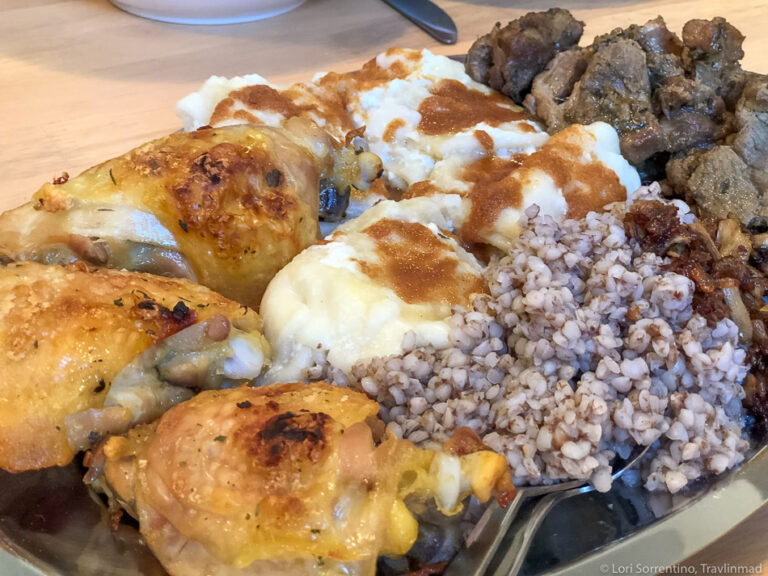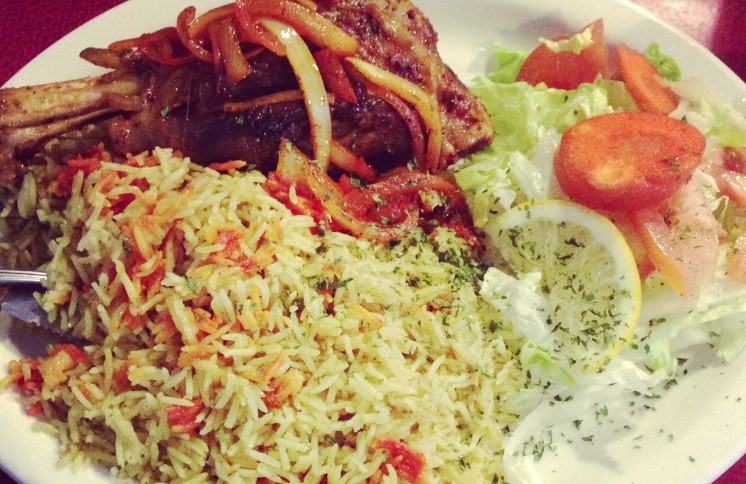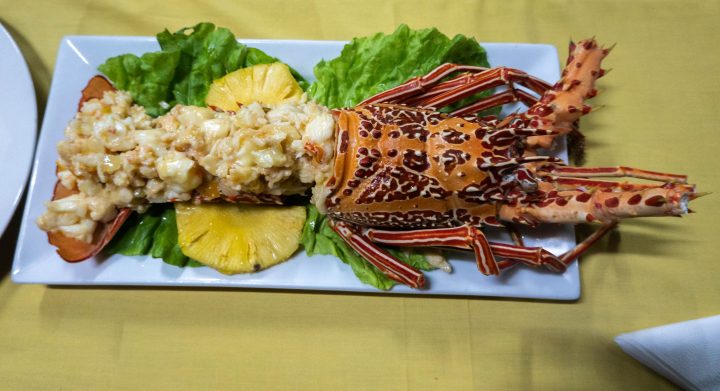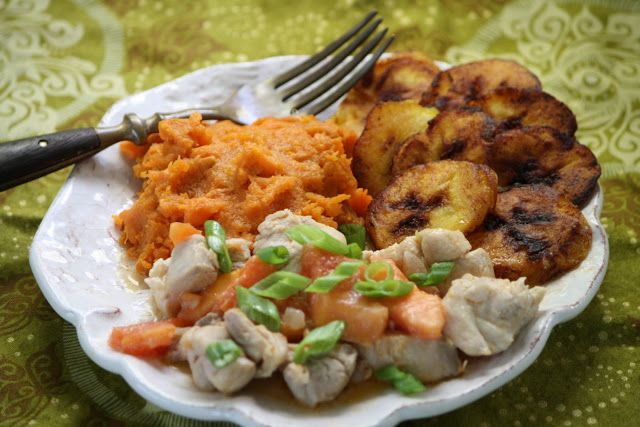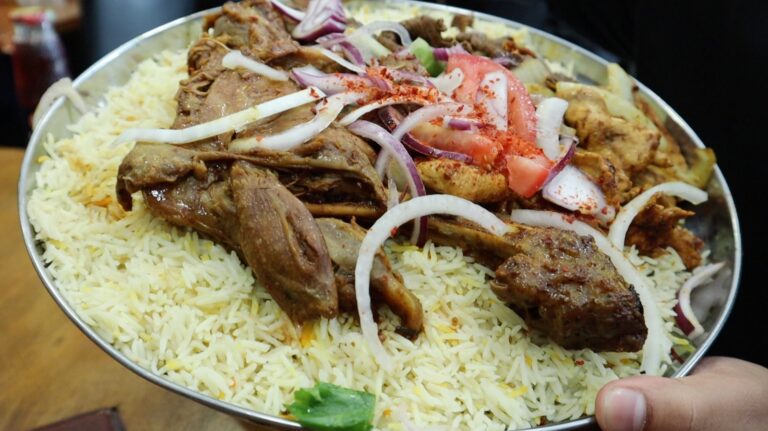Introduction: Slovenian Cuisine
Slovenian cuisine is a melting pot of different cultural influences, including Italian, Austrian, and Hungarian. The country’s location at the crossroads of Europe has resulted in a diverse culinary tradition, with each region having its own unique dishes and flavors. Slovenian cuisine is characterized by its use of fresh, locally sourced ingredients, and dishes that are rich in flavor and texture.
Carniolan Sausage: A Slovenian Classic
Carniolan sausage, or kranjska klobasa, is a Slovenian classic that is enjoyed throughout the country. It is a smoked sausage that is made from pork and flavored with garlic and pepper. The sausage is traditionally served with sauerkraut or horseradish, and is often accompanied by a glass of beer. The sausage is so popular that it has been given protected geographical indication (PGI) status by the European Union, which means that only sausages made in Slovenia and Austria can be called Carniolan sausages.
Potica: A Sweet Slovenian Treat
Potica is a sweet bread that is traditionally served during holidays and special occasions in Slovenia. It is made from a sweet yeast dough that is rolled out thinly and filled with a variety of fillings, including nuts, honey, and dried fruit. The dough is then rolled up and baked until golden brown. Potica is often served as a dessert, although it can also be enjoyed as a breakfast pastry or snack.
Bled Cream Cake: A Delightful Dessert
Bled cream cake, or kremna rezina, is a delicious dessert that is popular throughout Slovenia. It is a layered cake that is made from puff pastry, custard cream, and whipped cream. The cake is traditionally garnished with powdered sugar and a chocolate swirl. Bled cream cake is a must-try for anyone visiting Slovenia, and is particularly popular in the town of Bled, where it was first created.
Jota: A Hearty Slovenian Stew
Jota is a hearty stew that is made from beans, sauerkraut, and potatoes. It is a traditional dish in the Primorska region of Slovenia, and is often served during the winter months. The stew is usually flavored with smoked meat or sausage, and is cooked slowly to allow the flavors to blend together. Jota is a comforting and filling dish that is perfect for cold winter days.
Idrijski Žlikrofi: A Slovenian Dumpling Dish
Idrijski žlikrofi are small dumplings that are made from a potato-based dough. They are a traditional dish in the town of Idrija, and are often served with a variety of fillings, including herbs, onions, and bacon. The dumplings are boiled and then pan-fried until golden brown. Idrijski žlikrofi are a unique and delicious dish that are a must-try for anyone visiting Slovenia.

